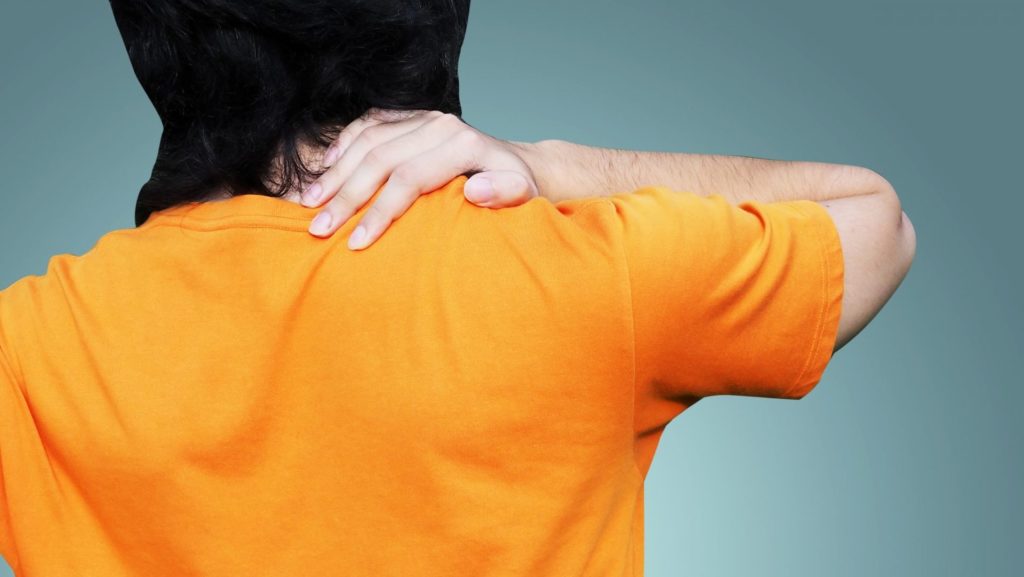First things first: this article is not medical advice. It is provided to the Three Wells community for informational purposes only. Consult your healthcare professional before deciding to treat any medical condition.
People with glaucoma are increasingly asking, “Can marijuana really treat glaucoma?” Let’s learn a bit more about the disease and how medical marijuana might help.
The Problem with Intraocular Pressure
Glaucoma is a condition characterized by increased fluid pressure within the eye — known as intraocular pressure (IOP). This can cause damage to the blood vessels and nerve endings that carry impulses to the optic nerve, which can impair vision — and even lead to permanent vision loss. “open-angle glaucoma” is classified as a chronic condition.
“Chronic” means a condition that lasts a year or more and requires ongoing medical attention. In this case, pressure slowly increases over time, and there can be peripheral vision loss and problems seeing in the dark — even irreversible blindness. “Closed-angle glaucoma” is an acute condition. This means it comes on rapidly and requires immediate medical attention. In this case, the pupil may become dilated and fixed and immediate medical attention is required.
The chance of glaucoma increases with age and has a genetic predisposition — if someone in your family has it, you are likely to develop the condition as well. Glaucoma can often be treated with medicated eye drops.
Can You Treat Glaucoma with Cannabis?
Cannabinoids, such as THC (tetrahydrocannabinol), CBD (Cannabidiol), and terpenes are the active components found to have medical properties in cannabis — AKA marijuana. (For more information on these components and much more about the plant, see our section on the Science of Cannabis.)
Marijuana is available in 36 US states for medical purposes, and it is legal for recreational use in 19 US States. Despite an evolving positive attitude related to its towards marijuana, it is still classified by the federal Drug Enforcement Agency as a Schedule I (1) controlled substance.

It was first observed that cannabis reduced intraocular pressure during a 1971 systematic investigation on healthy cannabis users. It was found that some derivatives of cannabis lowered the intraocular pressure when administered intravenously, smoked or taken orally — but not when applied topically to the eye.
Because it was thought that constant inhalation of cannabis was required every three hours, it was not recommended to use medical cannabis as a glaucoma treatment at that time. To some, the ensuing side effects significantly outweighed the benefits.
THC and CBD for Glaucoma
Even so, the studies continued. A non-psychoactive extract of cannabis was tested in combination with Timolol eye-drops in glaucoma patients with high IOP in 1980. (“Psychoactive” meaning affecting how the brain works and causing changes in mood, awareness, thoughts, feelings, or behavior. Examples of psychoactive substances include alcohol, caffeine, nicotine, marijuana, and certain pain medicines.) T
he study found that the effects of the cannabis and eye-drops were complementary and were beneficial in some cases where other medications had failed. Cannabis treatments for glaucoma have mostly been in combination with eye drops, as the effects seem to be additive.
While more testing needs to be done to determine how and when cannabinoids are indicated in glaucoma treatment, the results have been eye-opening: cannabis decreases intraocular pressure (IOP) by an average 25-30%, occasionally up to 50%. Some non-psychoactive cannabinoids also decrease pressure, as do some non-cannabinoid constituents of the hemp (to a lesser degree.) The specific mechanism in cannabis that causes this is not known.
With patients who use cannabis as medical treatment, it’s been shown that use does not have to be administered every 3 hours for long-lasting eye pressure reduction. But THC does seem to be more effective than CBD.
A topical preparation of cannabis is not yet available as a pharmaceutical treatment, but this approach is promising. A single topical application of THC lowered IOP substantially (~28%) for 8 hours in male mice.
Ingest or Smoke: Which is Better?
In general, a 10 mg dose of THC one to two times a day might be required for eye pressure reduction. This can be delivered as THC-rich cannabis, or mixed with CBD to decrease psychoactivity, as in a CBD/THC 1:1 mix.
Some choose to take most of their THC before bed, so it acts during sleep. A typical example here might be 10 mg at bedtime, and then a low dose of the mix one to two times during the day. This can be done with edibles, tinctures, or capsules.
For those who want to use marijuana cigarettes or vaporize, it should be done at least 4 times a day to reach sufficient THC levels.
There is no approved eye drop formulation of THC.
The Future of Eye Health
It’s clear that cannabis shows promise for people with glaucoma. But as with any decision regarding serious conditions and your overall wellness, it’s one to be carefully considered and made only with the guidance of your trusted doctor.
FAQ
Studies have shown that smoking marijuana lowers intraocular pressure, but is not as potent or long-acting as other medications available on the market. THC and CBD oils are less rigorously studied, but those studies suggest they may lower eye pressure.
Administration of CBD did not reduce the IOP at any time. However, higher doses produced a transient rise in IOP up to 2 hours after administration, which lasted for 4 hours. Visual acuity and vital signs were unaffected.
According to research, when CBD is administered properly it could potentially treat glaucoma. It has vaso-relaxant properties, increasing blood flow in the ocular tissues and anti-inflammatory qualities. This can relieve pain for those with glaucoma.
CBD has antioxidant properties, and research suggests it may slow the progression of age-related macular degeneration (ARMD or AMD). The neuroprotective properties may help some retinal diseases such as retinal ischemia.
Open-angle glaucoma is treated with a combination of medications, laser surgery, and microsurgery. Doctors usually start with eye drops, but some might benefit from early laser treatment or microsurgery. Acute angle-closure glaucoma is generally treated by using a laser procedure.



